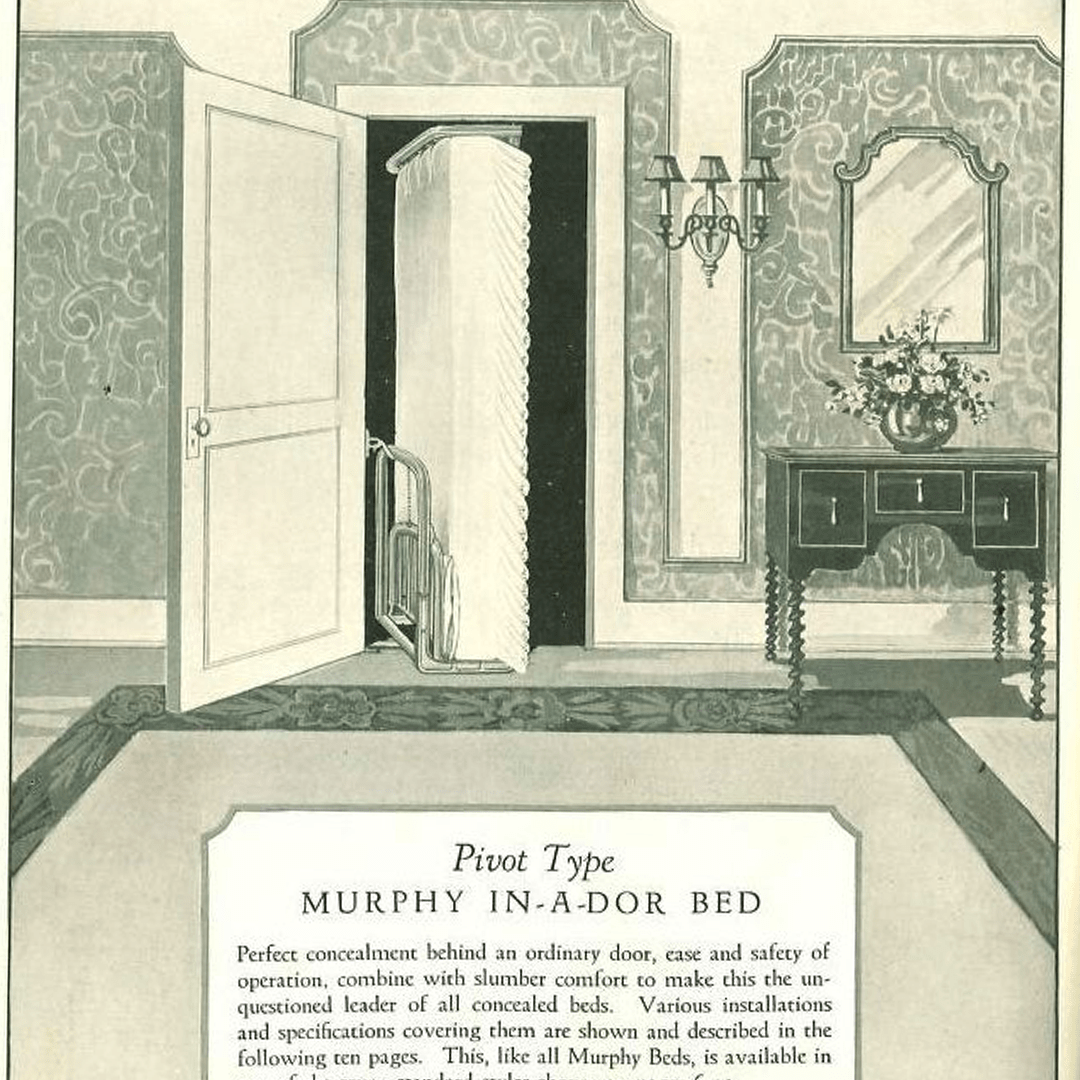Wellman Apartments




Throughout Boise’s history, the need for affordable housing near the downtown core has always been a constant. Throughout our 125 year history, Hummel has designed many multi-family apartments that continue to house workers, students, and families. The Wellman Apartments at 5th & Washington Street in downtown Boise “offered accommodations to single persons in individual efficiency apartments within walking distance of Boise’s downtown. Construction of the building stretched over several years – 1928 to 1932, according to the dated drawings…which is, perhaps, a reflection of the economic conditions of the time. The contractor was J. O. Jordan, the contract price was $45,000. Owner Walter A. Wellman was evidently an out-of-town investor…his name does not appear in the local city directories for the period.”
“[The building] was designed to contain eight efficiency apartments on each floor, ranged on either side of a central hall. Each contained a living room with disappearing [Murphy] beds, a dressing room, a bathroom, and a kitchenette. In front, where there is more space, the apartments have corner sun parlors as well.”
William L. Murphy patented his legendary foldaway bed in 1916. The term Murphy bed, however, is now used generically to refer to any bed that folds up into a wall cavity or cabinet. The original Murphy bed’s headboard was attached to two pivots on a closet door or doorjamb. Once the door was open, the folded-up bed swung out through the doorway into the room and lowered into place, its legs extending automatically. The Murphy beds featured in the Wellman Apartments were stored in a dressing room/closet off the main living area. When it was bedtime, the bed swung through a closet door around the jam and lowered into the main living area–a space-saving efficiency for a studio apartment.
(Excerpt from Inventory Sheet for Group Nominations: Idaho State Historical Society, Boise, Idaho. Nomination: Tourtellotte and Hummel Architecture)
